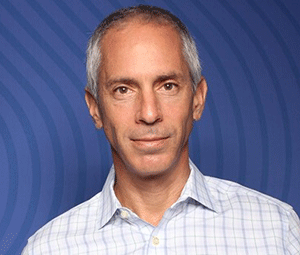Tenovi looks to lower cost of care

By Theresa Flaherty, Managing Editor
Updated 9:15 AM CDT, Fri September 20, 2024
 PORTSMOUTH, N.H. – For tech company Tenovi, the “real magic” of remote patient monitoring is the end result – improved quality of life for patients, says Iftah Mashav, vice president of growth & partnerships.
PORTSMOUTH, N.H. – For tech company Tenovi, the “real magic” of remote patient monitoring is the end result – improved quality of life for patients, says Iftah Mashav, vice president of growth & partnerships.
Tenovi recently partnered with Trividia Health to offer Trividia’s TrueMetrix Air blood glucose meter to its health care, payer and other organizations.
“If, by lowering the cost the total cost of care, we're able to offer treatment and monitoring for more people and we know the result in the end is (fewer) hospitalizations and improved quality of life, that’s a really nice place to be,” he said.
Mashav spoke with HME News recently about the company’s focus on growing an ecosystem that supports value-based – and improved – patient care.
HME News: How does Tenovi work in conjunction with other organizations?
Iftah Mashav: We are a full-stack tech solution that operates under the surface and integrates into our platform partners. We have a unique offering: a gateway that’s a little piece of plastic that has the SIM card in it. It shines red in the morning (to remind) that patient if they didn't take their measurement and it shines green right after they do take their measurements. Assistive technology doesn’t work if we stop using it, so we’ve created this inexpensive framework that works flawlessly (with other technology).
HME: How does adding in the Trividia products add to that?
Mashav: Trividia is a special partner because they are quite ubiquitous in the blood glucose monitoring area with a white label solution. The patient gets a kit that connects to that cellular gateway, and that gateway reminds them to take those measurements. We immediately get the results and so do our partners.
HME: Broader picture, do you see diabetes as continuing to be a good space for remote monitoring, even with low tech blood glucose monitors and test strips?
Mashav: One-hundred percent. I know there will be changes, and we see the GLP-1s making a change. We have CGMs and we work with CGM devices, as well, but I do think the simple, finger prick blood glucose monitor still has a lot to offer from a population health perspective and it’s still very important.
Comments